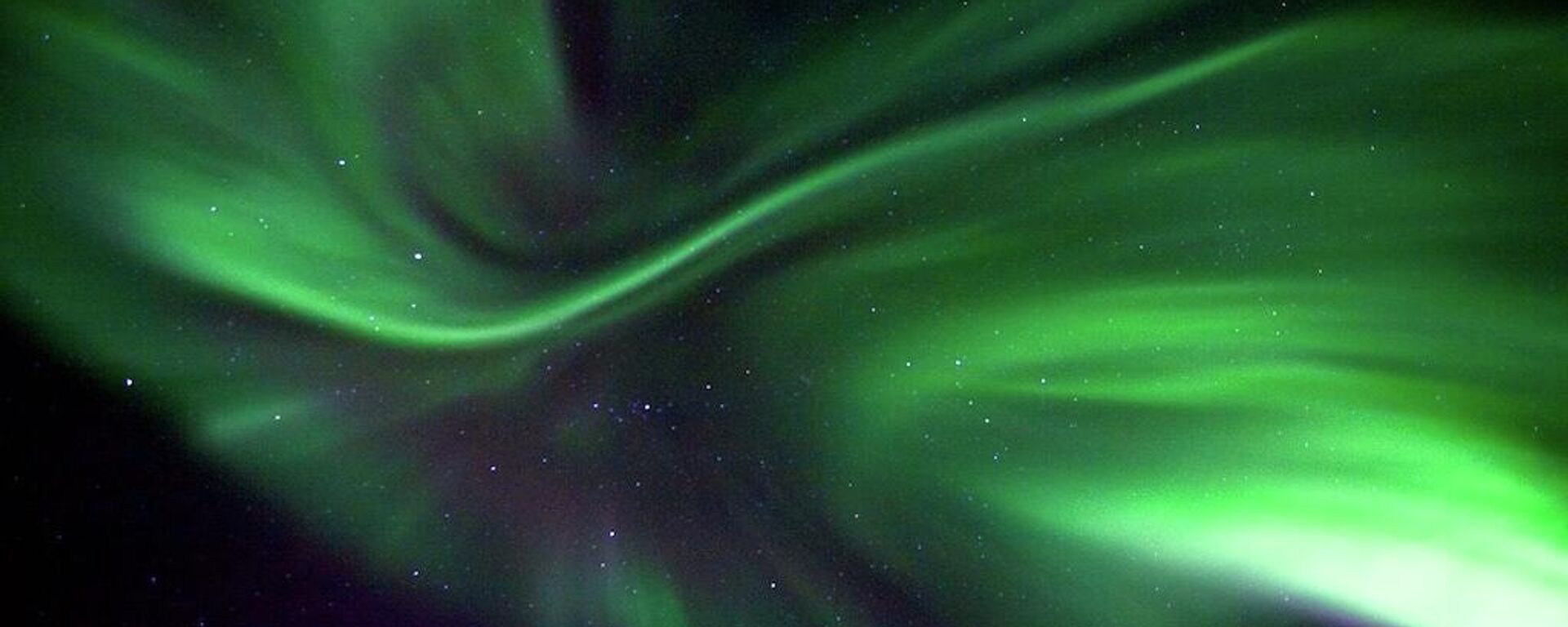https://sputnikglobe.com/20220605/likely-origins-of-cosmic-magnetic-fields-laid-bare-in-new-study-1096036339.html
Likely Origins of Cosmic Magnetic Fields Laid Bare in New Study
Likely Origins of Cosmic Magnetic Fields Laid Bare in New Study
Sputnik International
A fresh study shows how initial magnetic fields can be generated spontaneously via “generic motions of astrophysical turbulence through kinetic plasma... 05.06.2022, Sputnik International
2022-06-05T18:54+0000
2022-06-05T18:54+0000
2022-06-05T18:54+0000
science & tech
space
magnetic fields
creation
https://cdn1.img.sputnikglobe.com/img/107445/67/1074456713_0:0:800:450_1920x0_80_0_0_f22304affcf8cbbc65f5ac2c4e255856.jpg
New research conducted by MIT graduate student Muni Zhou, her adviser Nuno Loureiro, a professor of nuclear science and engineering at MIT, and colleagues at Princeton University and the University of Colorado at Boulder may offer an explanation for how magnetic fields that surround astrophysical objects come into being, SciTechDaily reports.One of the aspects that the researchers take into account in their work is the extremely diffuse state of plasma between stars whose density is about one particle per cubic metre, which essentially means that “particles in cosmological plasmas never collide”.The work of Zhou and her colleagues “represents a self-consistent model for the generation of magnetic fields at a cosmological scale”, the media outlet notes.“Our theoretical and numerical results set the stage for determining how these ‘seed’ magnetic fields are further amplified by the turbulent dynamo (another central and long-standing question) and thus advance a fully self-consistent explanation of cosmic magnetogenesis”, the researchers state.
https://sputnikglobe.com/20220521/heres-why-mars-has-auroras-despite-lacking-global-magnetic-field-1095691164.html
Sputnik International
feedback@sputniknews.com
+74956456601
MIA „Rosiya Segodnya“
2022
News
en_EN
Sputnik International
feedback@sputniknews.com
+74956456601
MIA „Rosiya Segodnya“
Sputnik International
feedback@sputniknews.com
+74956456601
MIA „Rosiya Segodnya“
science & tech, space, magnetic fields, creation
science & tech, space, magnetic fields, creation
Likely Origins of Cosmic Magnetic Fields Laid Bare in New Study
A fresh study shows how initial magnetic fields can be generated spontaneously via “generic motions of astrophysical turbulence through kinetic plasma physics”.
New research conducted by MIT graduate student Muni Zhou, her adviser Nuno Loureiro, a professor of nuclear science and engineering at MIT, and colleagues at Princeton University and the University of Colorado at Boulder may offer an explanation for how magnetic fields that surround astrophysical objects come into being, SciTechDaily reports.
“We demonstrate that the first magnetic fields can be spontaneously generated in the Universe by generic motions of astrophysical turbulence through kinetic plasma physics, and cosmic plasmas are thereby ubiquitously magnetized”, says the abstract of the study, published on Proceedings of the National Academy of Sciences.
One of the aspects that the researchers take into account in their work is the extremely diffuse state of plasma between stars whose density is about one particle per cubic metre, which essentially means that “particles in cosmological plasmas never collide”.
The work of Zhou and her colleagues “represents a self-consistent model for the generation of magnetic fields at a cosmological scale”, the media outlet notes.
“Our theoretical and numerical results set the stage for determining how these ‘seed’ magnetic fields are further amplified by the turbulent dynamo (another central and long-standing question) and thus advance a fully self-consistent explanation of cosmic magnetogenesis”, the researchers state.




